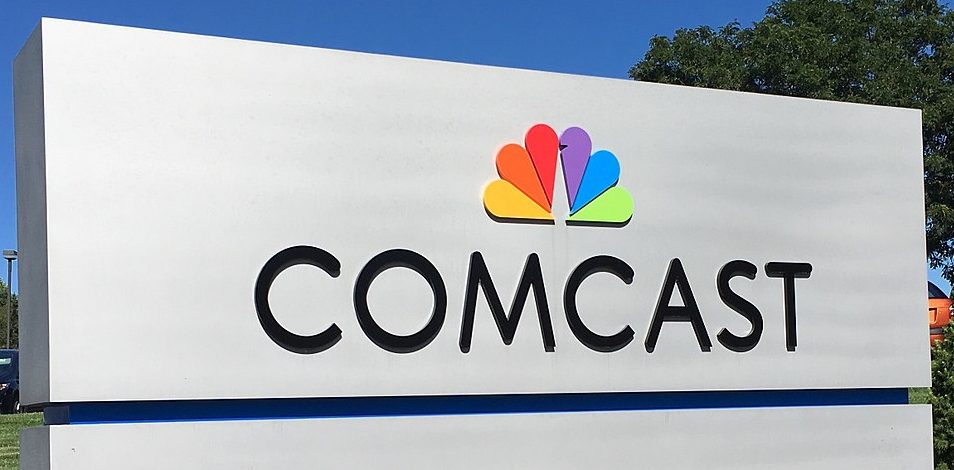13.1 Economics of Mass Media

In the late 19th century, Andrew Carnegie, a pioneering industrialist, conceived a revolutionary business model. Instead of merely purchasing materials and manufacturing steel, Carnegie embarked on a strategy that would later be termed vertical integration. This innovative approach involved acquiring mines, railways, and all other aspects of the industry, thereby enabling a company to own both its suppliers and customers. By consolidating the processes of gathering, manufacturing, and delivering raw materials and finished goods under the control of a single corporation, Carnegie’s profits soared. This was achieved by eliminating the middleman and driving competition out of specific markets. A century later, this same strategy remains the foundation of mass communication businesses’ operations.
In late 2009, Comcast, then primarily a cable company, unveiled a plan to acquire a controlling ownership stake in NBC Universal, a move that would enable Comcast to merge with NBC (Arango, 2009). This multibillion-dollar deal, completed in 2011, initially saw Comcast take a 51 percent stake and General Electric (GE) retain 49 percent. Comcast then acquired the remaining 49 percent in 2013, bringing NBCUniversal entirely under its umbrella. This consolidation integrated all NBCUniversal content—including Universal Pictures and Focus Features, as well as the Spanish-language network Telemundo and the cable networks USA, Bravo, CNBC, and MSNBC—with Comcast’s extensive cable channels, which at the time included E! Entertainment, the Golf Channel, and Versus (now NBC Sports Network). As one of the nation’s largest cable and broadband Internet providers, Comcast gained immense power to influence content distribution. The concern was that Comcast could potentially restrict these hugely popular NBC-owned networks to its cable service, thereby compelling consumers to adopt Comcast to access them, or to charge significant premiums to competitors’ cable subscribers for the channels, making their cable service more appealing. This could significantly limit consumer choice in the media landscape.
The most concerning—or beneficial, for Comcast—aspect of this merger was how it might integrate online content with traditional cable media. NBC Universal was a co-founder of Hulu, which was then the second-largest online video channel in the United States. Critics feared that if Comcast viewed ad-driven sites like Hulu as a threat to its core cable business, owning the online video portal would allow Comcast to restrict the site and all of NBC’s online content to its cable subscribers. In effect, Comcast would have the ability to create a subscription model for Internet content, mirroring its cable subscription sales. For years, viewers had enjoyed the freedom to pick and choose from a wide variety of online sources, selecting only the content they wanted; now, some feared that Comcast could extend the restrictive nature of a cable subscription—where consumers pay for hundreds of channels but only watch a few—to the broader Internet (Chasick, 2009).
This merger indeed reshaped the way mass media are produced and distributed to consumers, and the trend of vertical integration has only accelerated. The proposed integration of content producers and service providers enabled unprecedented control over Internet content, a concern that continues to resonate in the era of streaming wars. Net neutrality, the principle that Internet service providers should enable access to all content and applications regardless of the source, without favoring or blocking particular products or websites, posed another problem. Comcast could potentially grant its content channels—such as a subscription-only version of NBCUniversal’s streaming service, Peacock (launched in 2020), or even its former stake in Hulu—preferential treatment over competing channels. While this does not necessarily pose a problem in markets with healthy competition, Comcast’s exclusive provision of broadband Internet in many regions raises concerns about a potential monopoly.
Beyond Comcast, other media giants have aggressively pursued vertical integration. Disney, for example, has become a prime example of this strategy, acquiring Pixar, Marvel, and Lucasfilm to control vast amounts of content creation, and then launching its highly successful Disney+ streaming service. This enables Disney to produce films and series, and then distribute them directly to consumers, thereby bypassing traditional intermediaries and maximizing revenue. Similarly, Amazon has vertically integrated by creating original content through Amazon Studios (e.g., The Lord of the Rings: The Rings of Power, The Boys) and distributing it through its Prime Video streaming service, which is bundled with its e-commerce and logistics empire. This allows Amazon to leverage its vast customer base and Prime subscriptions to drive content consumption, while also using popular content to attract and retain Prime members. The economics of mass media have become increasingly complex as the rapid rise of new technology continues to transform and, in some cases, replace traditional media outlets, making vertical integration a key strategy for control and profitability in the digital age.

